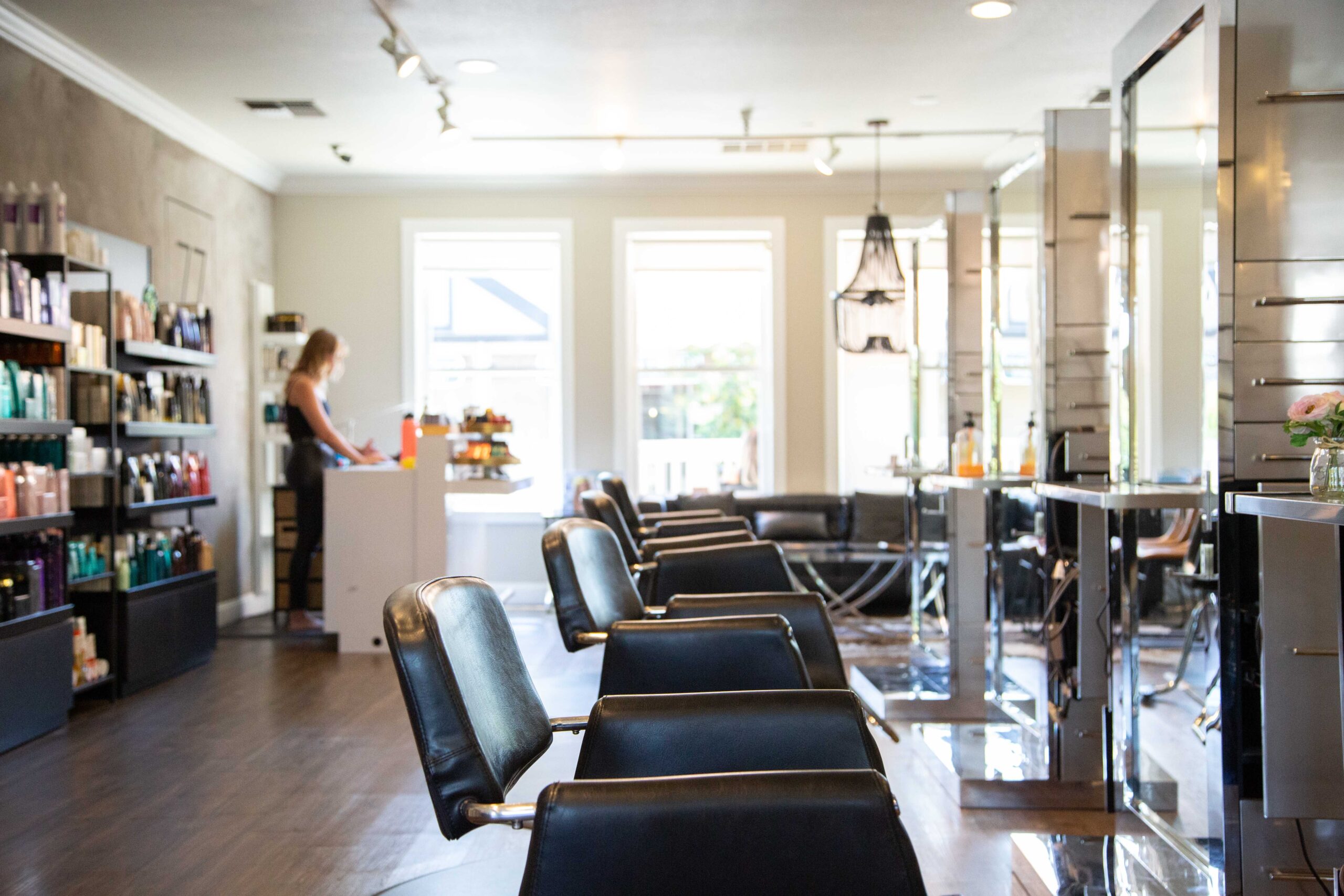How To Pierce A Septum Explained
Piercing your septum can be a bold fashion statement, embodying your unique style and personal expression. While it’s always recommended to visit a professional piercer to ensure the procedure is safe and infection-free, there might be situations where you want to do it at home. This article will guide you on how to pierce your septum safely and correctly. Remember, safety comes first, and if you’re unsure about any step in this process, it’s best to visit a professional.
Is It Safe to Pierce Your Own Septum?
It’s essential to address the question of safety when considering piercing your own septum. Although the information provided in this guide is designed to make the process as safe as possible, self-piercing always carries a degree of risk. Even with meticulous sterilization and preparation, there’s still the potential for infection, misplacement, and other complications like developing a septal hematoma or experiencing an allergic reaction to the jewelry. Moreover, since piercing requires precise location identification and a steady hand, doing it yourself can be quite challenging.
It’s also crucial to note that the level of pain tolerance varies from person to person. Piercing your septum might involve discomfort and pain which can be hard to bear for some individuals, and may result in an involuntary jerk or movement that could lead to injury.
Thus, while piercing your septum at home is technically possible, it’s generally safer and recommended having this procedure done by a professional piercer. Professional piercers have the knowledge and experience to accurately place the piercing, manage pain, and minimize the risk of infection or complications. This safety assurance is crucial, especially when dealing with an area as sensitive as the septum.
Septum Piercing At Home – Preparation
- Gather Your Tools: The first step is gathering all the tools you’ll need. This includes a piercing needle, a septum piercing retainer or ring, alcohol wipes, a small mirror, and a pair of latex gloves.
- Sterilization: Sterilize everything, including the needle, septum jewelry, and your hands, to minimize the risk of infection. Alcohol wipes should do the trick.
- Marking: Locate the “sweet spot” – the thin piece of skin near the front of your nose. It’s essential not to pierce the cartilage, which can lead to complications. Once you’ve found it, mark the spot using a body marker.
How To Pierce Your Septum – Procedure
- Clean: Use the alcohol wipes to clean the area that you’re going to pierce.
- Glove Up: Put on your latex gloves.
- Steady Your Hands: This is crucial – you don’t want to pierce the wrong spot. Hold the needle with a firm, steady hand.
- Pierce: Line up the needle with the mark you’ve made, then push it through. There may be a slight amount of discomfort, but it shouldn’t be overly painful.
- Insert Jewelry: As soon as the needle is through, follow it up with your septum jewelry. Ensure the jewelry goes into the hole before the needle comes out at the other end.
Septum Sweet Spot
The “sweet spot” in septum piercing refers to a thin strip of flesh located near the front of the nose, just below the cartilage. This is the ideal location to pierce for a septum ring, as it minimizes discomfort and the potential for complications. The sweet spot is not the hard, thicker cartilage structure of the nose, but the soft, flexible skin just beneath it. Misplacement of the piercing, such as through the cartilage, can lead to unnecessary pain, an elongated healing process, and potentially, more serious issues. Locating the sweet spot accurately is a crucial part of a safe and successful septum piercing, which is one of the reasons why having a professional do the piercing is often recommended.
Septum Needles
Septum needles, also known as piercing needles, are specially designed tools for body piercings. These are not to be confused with regular sewing needles, as they are significantly different in design and purpose. A septum piercing needle is hollow and extremely sharp, designed to create a clean hole without causing excessive tissue damage. They are typically made of surgical stainless steel, which is less likely to cause an allergic reaction and can be easily sterilized. The needle’s gauge, or diameter, should match the jewelry you plan to insert. Commonly, a 16-gauge needle is used for septum piercings, but it can vary depending on the desired size of the jewelry. It’s crucial to use the correct needle to ensure a smooth piercing process and minimize potential complications.
Post-piercing Care
- Keep it Clean: Regularly clean your piercing with a saline solution to prevent infection.
- No Touching: Try not to touch or rotate the jewelry unnecessarily, especially with unwashed hands. This can introduce bacteria to the new piercing.
- Be Patient: Healing times can vary, but you should expect to wait about 6–8 weeks before your septum piercing is fully healed.
- Observe: Keep an eye on your piercing. If you notice excessive swelling, redness, or discharge, it might be infected. If this happens, seek professional medical advice.
Conclusion
Remember, the most important thing in piercing is safety. If you’re not confident about any of these steps, or if you run into any problems during the piercing or healing process, seek advice from a professional piercer or medical practitioner. They have the expertise and experience to help you deal with any issues that may arise, and can ensure your septum piercing is a safe and satisfying experience.


